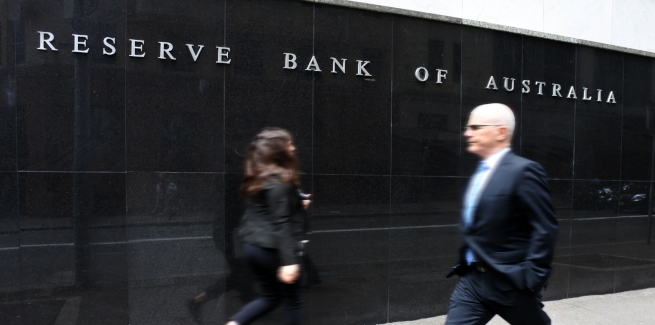The Reserve Bank of Australia’s (RBA) monetary policy board has held the official cash rate at 0.75 per cent, in line with market expectations.
Analysts are expecting the RBA to hold off on further cuts in the near term, as it monitors the impact of its reductions in June, July and October, particularly amid positive inflation and labour market indicators.
According to the Australian Bureau of Statistics’ (ABS) latest Labour Force data, the unemployment rate fell to 5.2 per cent in September, despite expected inertia.
The ABS also recently reported headline inflation of 0.5 per cent over the September quarter – in line with expectations.
CoreLogic research director Tim Lawless noted that the RBA would carefully time its next cut as the cash rate approaches zero.
“Considering the RBA is running out of conventional monetary policy ammunition, the decision to hold the cash rate at the historic low of 0.75 per cent was widely anticipated,” he said.
Mr Lawless added that the rebound in the housing market also reduced the need for further stimulus in November.
“[A] rebound in housing values and a rise in buyer activity will hopefully begin to flow through to a gradual improvement in household wealth and spending,” he said.
According to the managing director of mortgage aggregator Finsure John Kolenda, the federal government’s push for banks to ease lending standards for small business would allow the RBA to “take a break” from its easing strategy.
“It is good to see the government talking to the banks about the way they have been applying the responsible lending guidelines to small and medium-sized enterprises,” he said.
“By supporting more lending and our SMEs, we should see positive signs of further economic improvement.
“In this environment, there is no real need for the RBA to do much more until they get a better view of the economy into the first quarter of next year.”
He added: “It will be good to see consumers break the shackles and start spending again in the lead-up to Christmas. Hopefully the central bank’s rate reductions have helped give consumer confidence a boost.”
However, AMP Capital’s chief economist, Shane Oliver, said that he expects further easing in early 2020 in response to rate cuts from the RBA’s foreign counterparts.
Mr Oliver noted that further rate reductions from the US Federal Reserve (the Fed) could undermine the RBA’s plan to “make assured progress towards full employment” by inflating the Australian dollar.
“The Fed’s further easing along with stimulus elsewhere globally should help support global growth, which is good for Australia, [but] a concern for the RBA is that with the Fed easing, the interest rate gap between Australia and the US looks like it might be bottoming,” he said.
“[If] it starts turning up – particularly if the Fed eases further and the RBA doesn’t – then it could put upwards pressure on the value of the Australian dollar, which could offset part of the RBA’s monetary easing this year.
“In fact, the [Australian dollar] is already up more than 3 per cent from its recent low and is breaking above US$0.69.”
Mr Oliver concluded: “[This] is another reason to expect further RBA monetary easing, despite recent signs that the RBA is not in a rush to ease despite another low inflation reading for the September quarter.”
[Related: Fed cuts again, could ‘offset’ RBA easing]
 ;
;
